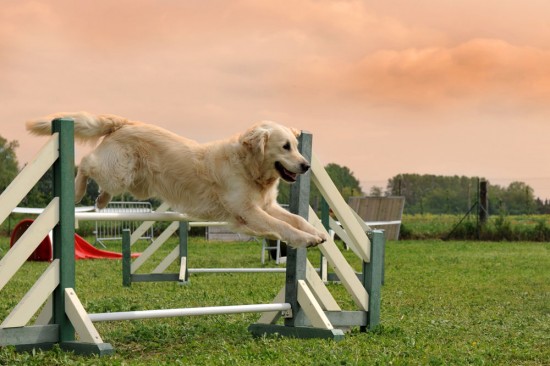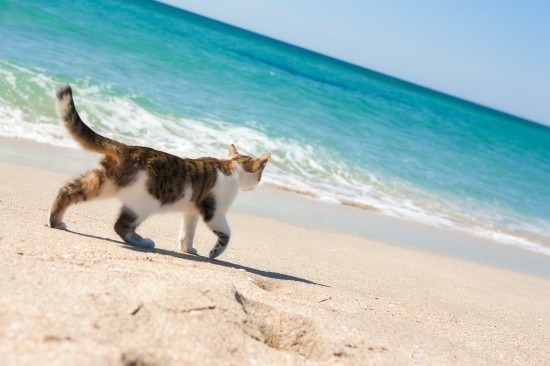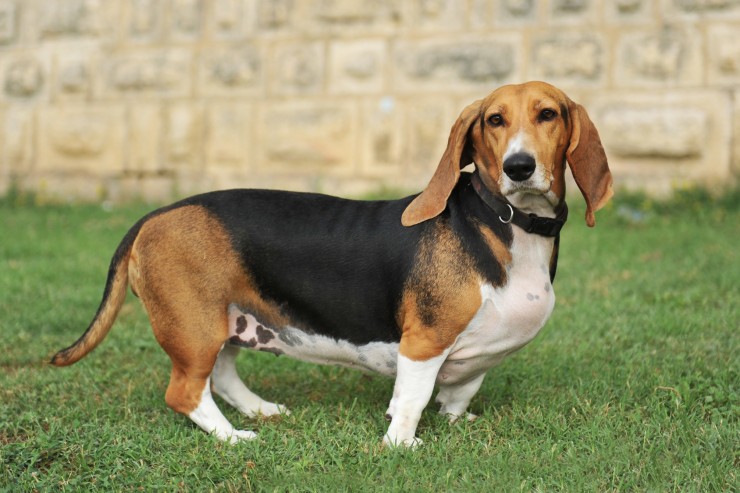
Fleas are a significant worry that every pet owner ultimately has to contend with. Anyone who has a pet has most likely gone through the unnerving task of having to rid their dog of fleas, a job that has frequently proved to be more trying than it appears.
Fleas aren't only a bother because they bother and bring about hours of irritating scratching and itching for your dog, but they can also trigger more serious troubles including flea bite dermatitis, tapeworm infestations and anemia in acute situations.
As a result of their astounding stamina, fleas are very tough to control. A female flea may lay more than 2,000 eggs during her lifecycle, which implies that infections may arise rapidly and the eggs that she laid might exist for a number of months in her habitat while merely awaiting an acceptable target. Thus it is important to control both the fleas on your dog as well as the fleas inhabiting the dog's living area. The perfect locations to search for fleas are bedding, rugs, sand and carpeting.
The Best Ways to Eradicate Fleas
In order to effectively eliminate fleas on your pet and in his or her habitats, it is important to learn the flea's lifecycle. There are 4 phases that makeup the lifecycle of the flea. Like nearly all insects, the fleas starts out in the egg stage, turns into larva, and then matures into the pupa stage until lastly making it to the adult phase.
The Flea's Egg Stage
The fleas eggs are ashen in color and are so tiny that they're hard to find without using a magnifying glass. Though the eggs are initially laid on the canine's skin, many will eventually fall onto the ground to carry on their life cycle. Close to 50 percent of the entire flea populace is made up of eggs. Dependant upon the environmental conditions, the eggs hatch in anywhere from 2 to 4 weeks. The higher the warmth and moisture in the living area, the more rapidly the eggs will hatch.
The Flea's Larvae Phase
When the flea egg hatches, it passes into the larvae stage where it expands to roughly 1/4 inch long. The flea larva subsist on natural waste materials and in the adult flea's feces. They are uncomfortable in vivid lighting and are likely to hide deep inside their existing living area, if at all possible in a warm and muggy location. Climate controlled habitats are the best setting for the life cycle of the flea to prosper. Outdoors, larvae growth will only take place in damp, sheltered spots.
The Flea's Pupae Phase
Immediately upon going into the pupa stage, the flea pupae stem a velvety and tacky shielding cocoon. This chrysalis quickly forms a valuable camouflage as it gets encrusted by waste and soil. If stimulated by heat, carbon dioxide or by physical pressure, such as in a balmy and muggy habitat, an adult flea can surface from its chrysalis in as quickly as 5 to 10 days. Just as the adult flea emerges from its cocoon, it will subsist for just a couple of days unless it is able to find a host. Pre-emerged adult fleas can last inside the chrysalis for as many as 9 months. This is significant because adult fleas still living in the cocoon are impervious to pesitcides spread over the environment and can emerge a considerable time after you apply insecticides in your house.
The Flea Adulthood Phase
Once the adult flea appears from the chrysalis, it will have to quickly find a host since it must have blood if it is to continue to exist. Two days subsequent to finding an appropriate host, the female flea will begin laying approximately forty eggs each day. Adult fleas ordinarily live as long as three weeks. The entire lifecycle of the flea can be completed in as short as two to four weeks, or as long as ten months dependent upon the surrounding climate.
Treating Your Dog For Fleas
There are many shampoos, sprays, powders and spot on measures out there to liberate your pet of fleas. Be sure to confer with your veterinarian to select the most effective and trustworthy flea pesticides for your residence and canine.
How to Clear the Indoor Environment of Fleas
Nearly all pesticides are simply of use against the adult flea, but environmental insecticides are becoming more refined. Your vet can give you flea preparations containing insect growth regulators which will help terminate the flea eggs and larvae. Before using any indoor insecticide, it's a good idea vacuum your carpeting and rugs to entice the pre-adult fleas to emerge from their protective cocoon. Be certain to toss out the vacuum bag following its use. You should also wash all bedding your pet has rested on.
How to Clear the Outdoor Environment of Fleas
Concentrate on darkened, shady spots. Spray a pesticide made from an insect growth regulator and repeat it every 2-3 weeks for 3 to 5 applications.
The latest skin and oral flea formulations will greatly help you resolve your flea problems. With perseverance and fortitude, you and your best friend ought to be free of fleas in little time!
 Progressive Retinal Atrophy (pra) In Cats
Progressive Retin
Progressive Retinal Atrophy (pra) In Cats
Progressive Retin
 Caring For Your Horse After Vigorous Exercise
Caring For Your H
Caring For Your Horse After Vigorous Exercise
Caring For Your H
 Dog Training Help - Ten Top Tips
Dog Training Help
Dog Training Help - Ten Top Tips
Dog Training Help
 10 Amazing Cats That Travelled Vast Distances To Be With Their Owners!
10 Amazing Cats T
10 Amazing Cats That Travelled Vast Distances To Be With Their Owners!
10 Amazing Cats T
 Five Of The Most Common Chronic Health Problems Seen In Dogs
Five Of The Most
Five Of The Most Common Chronic Health Problems Seen In Dogs
Five Of The Most
Copyright © 2005-2016 Pet Information All Rights Reserved
Contact us: www162date@outlook.com